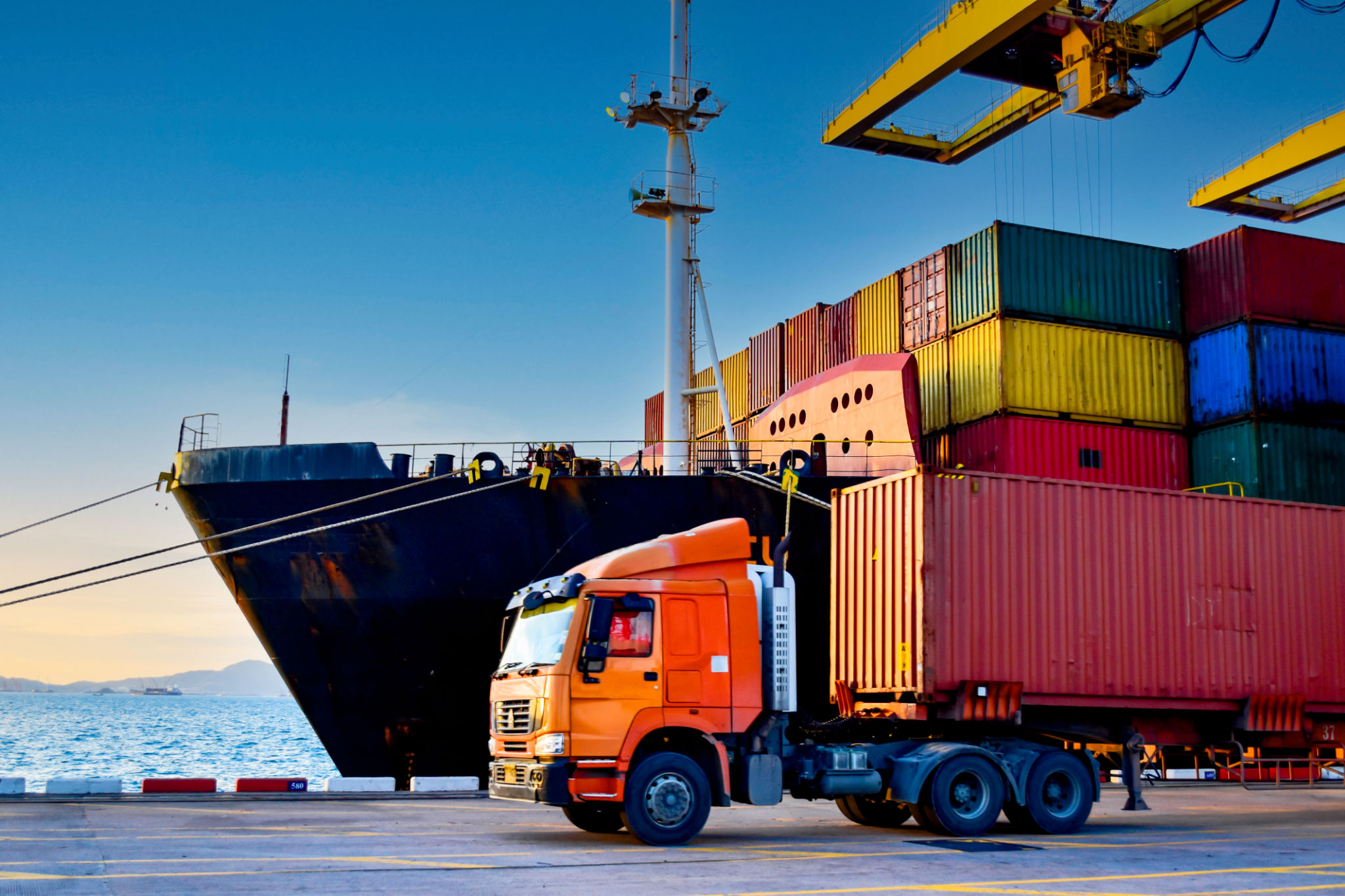The Ultimate Guide to Efficient Freight Shipping
Freight shipping is a crucial component of global trade, connecting producers with consumers across continents. As businesses strive for efficiency, understanding the ins and outs of freight shipping can significantly enhance operational performance. This guide aims to provide you with comprehensive insights into making your freight shipping process more efficient.

Understanding Freight Shipping Basics
Before diving into strategies for efficiency, it's essential to grasp the fundamentals of freight shipping. This involves knowing what freight shipping entails, the different modes available, and how each mode influences your logistics strategy. Freight can be transported via air, sea, rail, or road, each offering unique advantages and constraints.
Air freight is the fastest but often the most expensive option, ideal for high-value or time-sensitive shipments. Sea freight, conversely, is cost-effective for bulk goods but requires longer transit times. Rail and road are excellent for domestic or regional transportation, providing a balance between cost and speed.
Choosing the Right Freight Carrier
Selecting the right carrier is pivotal to efficient freight shipping. The carrier's network, reliability, and service quality can impact your delivery timelines and costs. Start by researching carriers that specialize in your industry to ensure they understand your specific needs.

Consider factors such as the carrier's reputation, customer reviews, and on-time delivery rates. Engage with carriers who offer comprehensive tracking systems and customer support to resolve any issues swiftly. Establishing a good relationship with your carrier can also lead to better rates and priority service.
Optimizing Packing and Labeling
Efficient packing and labeling are crucial for minimizing damages and ensuring smooth transit through various checkpoints. Use durable materials that protect your goods without incurring excessive weight or volume charges. Proper labeling helps prevent misrouted shipments and facilitates quick scanning.
Ensure each package is labeled accurately with all necessary information, including addresses, contact details, and handling instructions. Utilize technology such as barcodes or RFID tags to streamline the tracking process.

Streamlining Documentation
Documentation is integral to freight shipping, covering everything from bills of lading to customs declarations. Ensuring all documents are complete and accurate can prevent costly delays at borders and ports. Familiarize yourself with the documentation requirements of each country involved in your shipment.
Implement digital documentation systems to reduce errors and improve accessibility. These systems can automate paperwork, integrate with customs platforms, and provide real-time updates on the status of your shipments.
Leveraging Technology for Efficiency
Technology is a game-changer in modern freight shipping. Utilize transport management systems (TMS) to optimize routes, manage loads effectively, and track shipments in real-time. These systems can help identify bottlenecks and provide data-driven insights for continuous improvement.

Additionally, consider leveraging predictive analytics to anticipate demand fluctuations and adjust your shipping schedules accordingly. This proactive approach can lead to cost savings and improved service levels.
Building Strong Partnerships
Beyond technology and processes, fostering strong partnerships within the supply chain can significantly enhance efficiency. Collaborate with suppliers, carriers, and logistics providers to align goals and share information seamlessly. Such collaboration can lead to innovative solutions that benefit all parties involved.
Regular communication and feedback loops can help identify areas for improvement and foster a culture of continuous enhancement in freight operations.
Conclusion
Efficient freight shipping requires a strategic approach that encompasses carrier selection, packing practices, documentation management, technological integration, and partnership building. By focusing on these key areas, businesses can achieve faster deliveries, reduce costs, and improve customer satisfaction. Stay proactive in adopting new practices and technologies to remain competitive in an ever-evolving global market.
